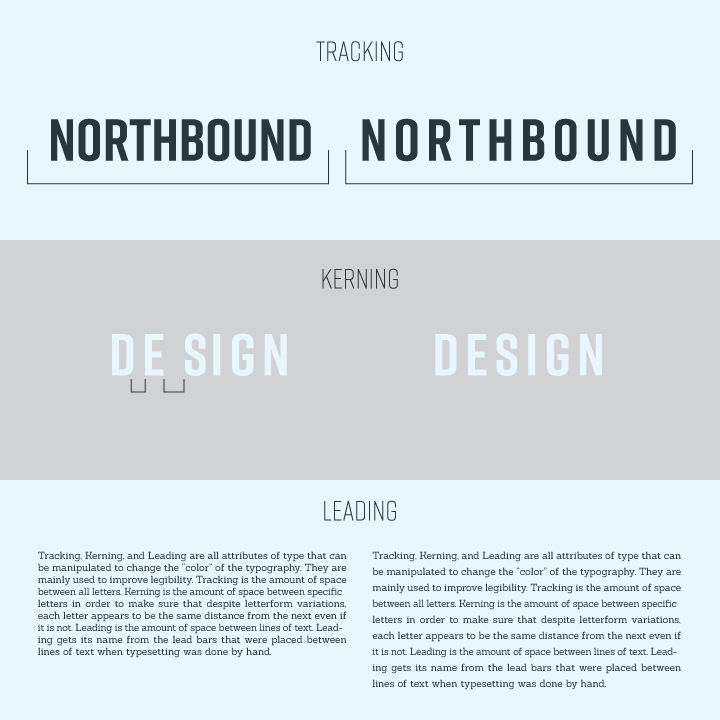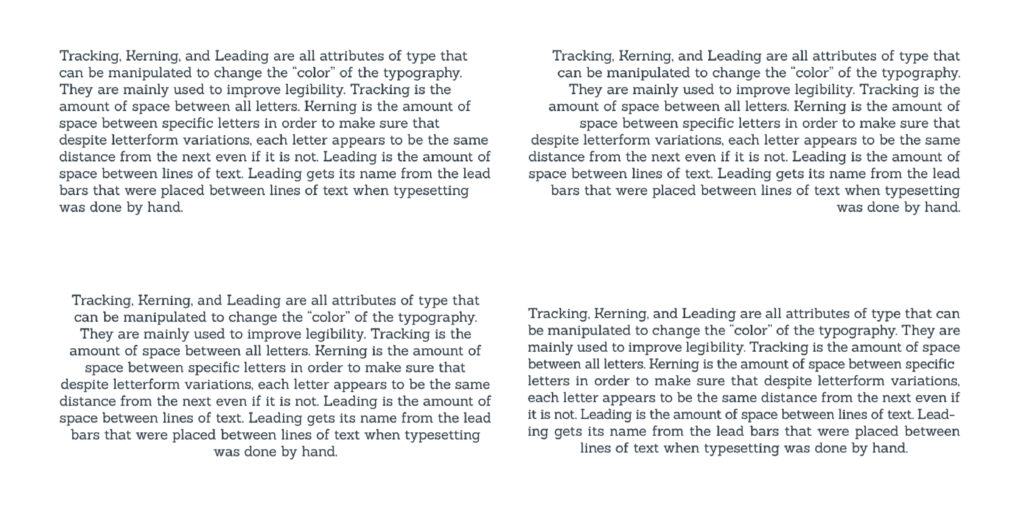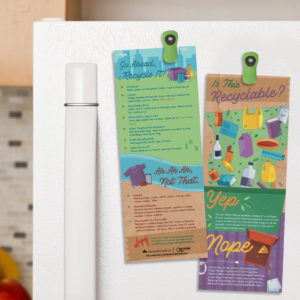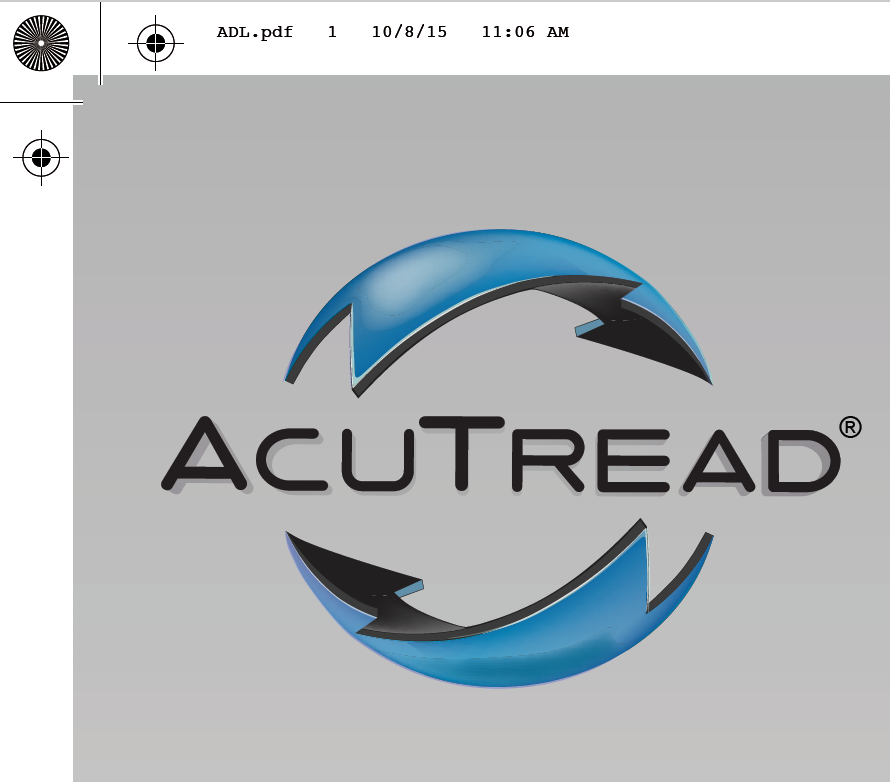Finding the right marketing and design solutions when you’re a small or one-person team can be tough. Relying on the experts is a must, but what if you don’t understand what the experts are recommending?
Like any other industry, there is an extensive vernacular designers use to talk about their work and their recommendations. We’re so used to using these terms around the studio that we can sometimes forget that our clients aren’t familiar with them. Client education is the best way to help your audience understand the value of what you’re offering. We talk about being considerate and having empathy for your clients when developing a brand strategy, and now we’re taking our own advice and doing the same.
Earlier this year, we wrote a post on how to make sure you get what you want from your marketing and design team. We wanted to expand on that, and teach you the meaning of some of those industry terms so that you can confidently ask questions, sign proposals, and be on the same page as your designers.
Design
Aesthetic
A theory defining the concept of beauty, style, and taste that changes based on time and place.
A specific “look” that conveys moods and ideas.
Designers use this word to talk about different design directions during the branding process. We create Mood Boards to help define an “Aesthetic” for a project.

Cohesive
Cohesive is a term designers use to refer to a well-integrated brand or design. Different pieces of a successful brand must be “cohesive” in that they are all conveying the same message and appear to be part of a whole united aesthetic.

Contrast
Contrast is a design principle that describes the amount of difference between lights and darks in a composition.

Legibility
Legibility refers to the clarity of a piece. While legibility is often used to describe how easy it is to read text, it can also describe non-text. A composition can be illegible if the meaning or message is unclear, or if the hierarchy is unsuccessful.
White Space
White space (also known as negative space) is empty space within a composition. White space helps create legibility, and focus, and is highly preferential to unnecessary “clutter.”

“The Grid”
When designers talk about “the grid” they are referring to a grid tool within their design programs that helps them make sure certain elements are properly aligned. Many designers create their own grids using rulers and guides in order to maintain certain spacing and alignment throughout a piece. “The Grid” is a somewhat divisive method of design as some designers appreciate the order and structure, and others find it confining.

Mood Boards
Here is another post all about Mood Boards.

Hierarchy
Hierarchy — when used in a design context — refers to the relative importance of elements in a composition. Color, size, and location can all contribute to creating a hierarchy. A successful hierarchy will cause viewers to see the most important elements first and the least important last.

RGB, CMYK, Pantone, Hex
RGB, CMYK, Pantone, and Hex are all common color spaces used by designers and printers. RGB (Red, Green, Blue) is how color is created on screens (additive). CMYK (Cyan, Magenta, Yellow, Black) is how printers create color (subtractive). Pantone is the most-used color matching system. Pantone books are used by designers and printers in order to make sure that color is correct. Hex codes are codes used to create color online. They are a series of numbers and letters following the pound sign. A specific color will change based on the color space it is displayed in. Designers work to find the correct version of the color in each space.

Brand
Your brand is a visual and verbal set of cohesive communication tools that communicate your mission to your customers.
Your brand is not just your logo. It’s not just the name of your business. It’s what your clients and community think of when you come up in conversation.
Your brand can consist of logos, marks, phrases, imagery, colors, typography, photo and video.


A rebrand is when a company revisits its brand and makes changes. This could be a simple aesthetic update, or as complex as a complete name change.
Before

After

Brand Strategy
Brand strategy is the research and strategy behind developing a brand. When developing a brand strategy, buyer personas (below), USP (below), market research, and overall goals are considered. A successful brand strategy will help inform branding choices from creating the mission statement to creating the logo.

Art Direction
Art Direction is the task of unifying and solidifying the vision of a project. The role of an Art Director is to make sure that brand identity is established and brand integrity is maintained across all marketing efforts.
Logo
A Logo is a symbol that defines a product or communication as part of a specific organization. Logos can take many forms such as a wordmark, an icon, a lockup (a combination of a wordmark, icon, tagline, or date). It is an integral part of a brand, but not the only or most important part. People often confuse a successful logo for their entire brand. A logo cannot stand alone as the sole visual representation of your brand successfully.

Mockups
Mockups are a tool designers create to help clients understand their work. A mockup is an example of what the final design could look like in its final form. Mockups can be things like an example of what your logo would look like on a t-shirt.

Benchmarking
Benchmarking is one of the first and most crucial steps in any creative project. It involves researching the industry and competitors in order to get a sense of what marketing tools they use, how their brand works, and where they have or haven’t been successful. It helps to identify the open opportunities for differentiation in an industry.
Go-Bys
Go-Bys (also known as “Benchmarks”) are visual references that help designers, photographers, and other creatives create. They are successful examples of the look and feel the creative and/or the brand is trying to achieve. Go-Bys are often a part of Mood Boards, and Production Booklets. Go-Bys can also be example pieces that the client likes and wants to emulate.

Brand Guide
A brand guide (brand standards, standards guide, brand book) is a handbook detailing the different elements of a brand and how to use them. A brand guide is used by an internal marketing department, agency, or freelancer when creating any content to make sure that brand integrity is maintained.

Web
UX
UX refers to User Experience, or a user’s experience on a website or app. It is the most important aspect of web design and ensures that the website will be accessible, functional, and user-friendly.

Wireframes (high-fidelity and low-fidelity)
Wireframes are non-digital designs of a website or app created by the web designer to help create a successful user experience as well as an on-brand and aesthetically appealing website.
Wireframes can be either low-fidelity or high-fidelity. Low-fidelity wireframes are composed of simple shapes and lines that define a layout of information. High-fidelity wireframes are detailed representations of what the website should look like after the development process and contain imagery, copy and all other final content.

Typography
Typeface
A typeface is a particular design of type. For example, Helvetica, Arial, and Baskerville are typefaces.
Font
A font is a particular styling of a typeface. Baskerville Italic at 12 point is a font.

Serif
A serif is a stroke or projection at the ends of larger strokes in a typeface. A serif typeface is a typeface with serifs. Baskerville, Times, and Georgia are examples of serif typefaces.
Sans Serif
A sans serif typeface is the opposite of a serif. “Sans” meaning “without,” sans serif literally means “without serif.” Helvetica, Arial, and Myriad are examples of sans serif typefaces.
Slab Serif
Slab Serif typefaces (also known as Egyptian) are typefaces with bold, flat serifs. Archer, Rockwell, and Sanchez (this font!) are examples of slab serifs.
Script
Script typefaces are cursive typefaces. Pacifico, Great Vibes, and Lobster are examples of scripts.

Typographic color
Typographic color is a phrase used to describe the relative lightness or darkness of a block of text. Lighter typography will often use a lightweight font and more kerning (below) and leading (below). Heavier typography will often use a bold font and less kerning and leading.

Tracking, Kerning, and Leading
Tracking, Kerning, and Leading are all attributes of type that can be manipulated to change the “color” of the typography. They are mainly used to improve legibility. Tracking is the amount of space between all letters. Kerning is the amount of space between specific letters in order to make sure that despite letterform variations, each letter appears to be the same distance from the next even if it is not. Leading is the amount of space between lines of text. Leading gets its name from the lead bars that were placed between lines of text when typesetting was done by hand.

Alignment
Text alignment covers the options for aligning your text and the “rag.” A “rag” is the edge of the text that is unaligned. A left-justified block of text will have a “rag” on the right side. Justified text will have no “rag.”

Rivers
A river is an unattractive vertical series of spaces in poorly justified text that distracts the reader and ruins the typographic “color.” Rivers can be removed through manipulation of the type to restore unified typographic color.
Orphans and Widows
Orphans and widows are typographic “don’ts” that designers try to avoid. An “orphan” is one to two words on the last line of a paragraph. A “widow” is the first or last line of a paragraph that falls on a different page than the rest of its paragraph. Both widows and orphans can cause the reader to pause or lose focus on the text.

Marketing
USP
USP stands for “Unique Selling Proposition.” Your USP is what you can offer that’s different from your competition. Your USP helps inform the Brand Strategy, and should be a part of your Mission Statement.

Personas
Buyer Personas are characters created to help define and investigate potential buyers. These are developed as part of the brand strategy in order to get to know buyers’ problems, goals, and emotions. They consist of “day-in-the-life” studies, specific questions a buyer may want answers to, and more very specific research. A well-developed persona will cover a specific age, gender, and occupation and have specific goals they hope to achieve in interacting with your brand.

Marketing Automation
Marketing automation is the use of tools to more effectively and efficiently market. These can include email marketing tools like MailChimp, or social media scheduling and reporting tools like Sprout Social. Marketing companies use these tools to be more efficient with your investment, to reach large audiences, to research and be more effective in their techniques and strategies, and to track the success of their efforts.

Inbound Marketing
Inbound Marketing covers the strategic efforts of drawing in customers through the use of a variety of methods like Content Marketing, Social Media Marketing, SEO, and Branding.

SEO
SEO stands for Search Engine Optimization. The goal of SEO is to increase web traffic and visibility by optimizing a website to appear first (or near first) when a potential customer searches for a product or service. SEO is a complicated process that involves countless hours of research, producing relevant and high-quality content, and measuring, learning from, and implementing the results.

Social Media Marketing
Social Media marketing refers to both paid and unpaid (organic) social media marketing efforts on platforms like Facebook, Instagram, Twitter, YouTube, LinkedIn, and Snapchat.
Engagement
Engagement is a social media metric that measures the overall number of interactions with a post or page. Engagement can take the form of likes, comments, shares, or other clicks. Engagement rates can help a social media manager understand what types of content resonate with their audience as well as help demonstrate a return on investment.
Reach
Reach is a social media metric that measures the overall amount of people who have seen a piece of content. Reach is a much wider metric than engagement because a user does not have to interact with a post to be counted as “reached.” Reach and engagement can be measured together to help understand the engagement rate and the success of specific posts.
Analytics
Analytics are statistics that measure the success of digital marketing (below) efforts. Analytics can help inform the ongoing strategy because they measure the success of specific posts, emails, etc and help pinpoint what resonates with the audience and what does not.




CMS
CMS stands for Content Management System and refers to the specific platform used to manage digital content. An example of a CMS is WordPress.
Digital Marketing
Digital Marketing is any marketing done using digital technologies. This can include things like websites, SEO, social media, and email marketing.

Printing
Spreads
A spread is a set of two pages next to each other in a print document where elements overlap both pages.

Bleed
In printing, a bleed refers to extra ink “bleeding” over the trim edge so that the finished piece does not have a white border. Printers are incapable of printing to the edge of paper, therefore, elements in a design must extend beyond the trim line.

Proofs
Proofs are either digital or printed “previews” of what the final printed version will look like. They are given to both the design team and the client to check for accuracy before the printing is completed.
